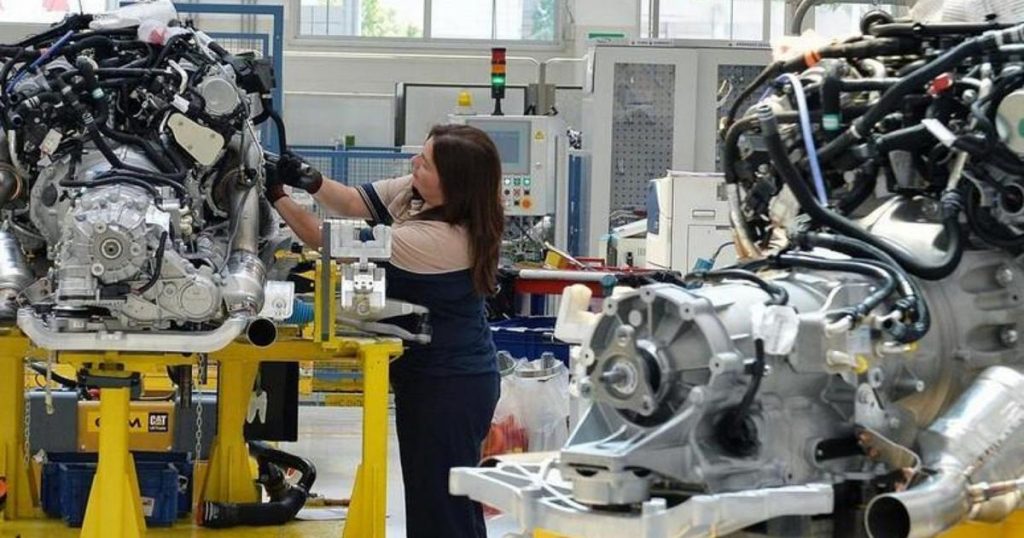In order to bring Italy’s debt/GDP ratio onto a more prudent path, fiscal adjustments and structural reforms are needed. The OECD, in its Economic Outlook, suggests that full implementation of the National Recovery and Resilience Plan (Pnrr) could strengthen the country’s growth capabilities persistently. The OECD estimates that Italy’s debt-GDP ratio will reach 139.1% in 2024 from 137.1% in 2021, then rise to 140% in 2025. As for Italy’s deficit, it will be at 4.4% in 2024 and 3.8% in 2025, down from 7.4% in 2023. Public deficit reduction is observed, but it will remain above 3% until 2025, as public debt is high and there are significant spending pressures from investment needs and the costs of an aging population.
The OECD highlights that Italy’s GDP “progressed by 0.2% in the fourth quarter of 2023, thanks to significant investments in the housing sector, before the gradual decline of the ‘superbonus’ tax credit at the end of the year, while private consumption contracted.” According to the OECD, recent high-frequency indicators suggest modest short-term growth for Italy. Consumer confidence has improved in recent months, but manufacturing output, retail sales, and business confidence remain weak. Despite the slowdown in growth in 2023, the unemployment rate remains historically low, and collectively negotiated wage increases around 3% are expected to support incomes and private consumption in the coming quarters. The drop in international energy prices has quickly affected Italian inflation, which decreased from over 12% in November 2022 to 1.2% in March 2024.
The revision of the National Recovery and Resilience Plan, approved by European institutions in 2023, could strengthen implementation by focusing on projects feasible for 2026. The OECD suggests that the priority should now be on strengthening the implementation capacity of public administration, especially at the regional and local levels. For the Eurozone, GDP growth is expected to be at 0.7% in 2024 and 1.5% in 2025. The OECD leaves its growth estimates unchanged for the Eurozone. Cautious optimism is beginning to take hold in the global economy, with lower-than-expected inflation, strong labor markets, and improved private sector confidence. The recovery is progressing differently across regions, with the United States and some major emerging markets showing strong growth.
While the OECD sees some substantial concerns, such as high geopolitical tensions that could disrupt energy and financial markets, leading to inflation spikes and growth fluctuations, there is also a worrisome long-term fiscal position due to increasing debt, aging populations, climate change mitigation, and defense needs. Long-term fiscal adjustment is necessary, with a focus on containing spending, increasing revenues, and implementing structural reforms to promote growth. Disappointing growth underscores the need to strengthen global trade and productivity. Trade and industrial policies should aim to strengthen global value chains through diversification and accelerate decarbonization through bold policy measures like investing in green and digital infrastructure, raising carbon tariffs, and promoting technology transfer.


